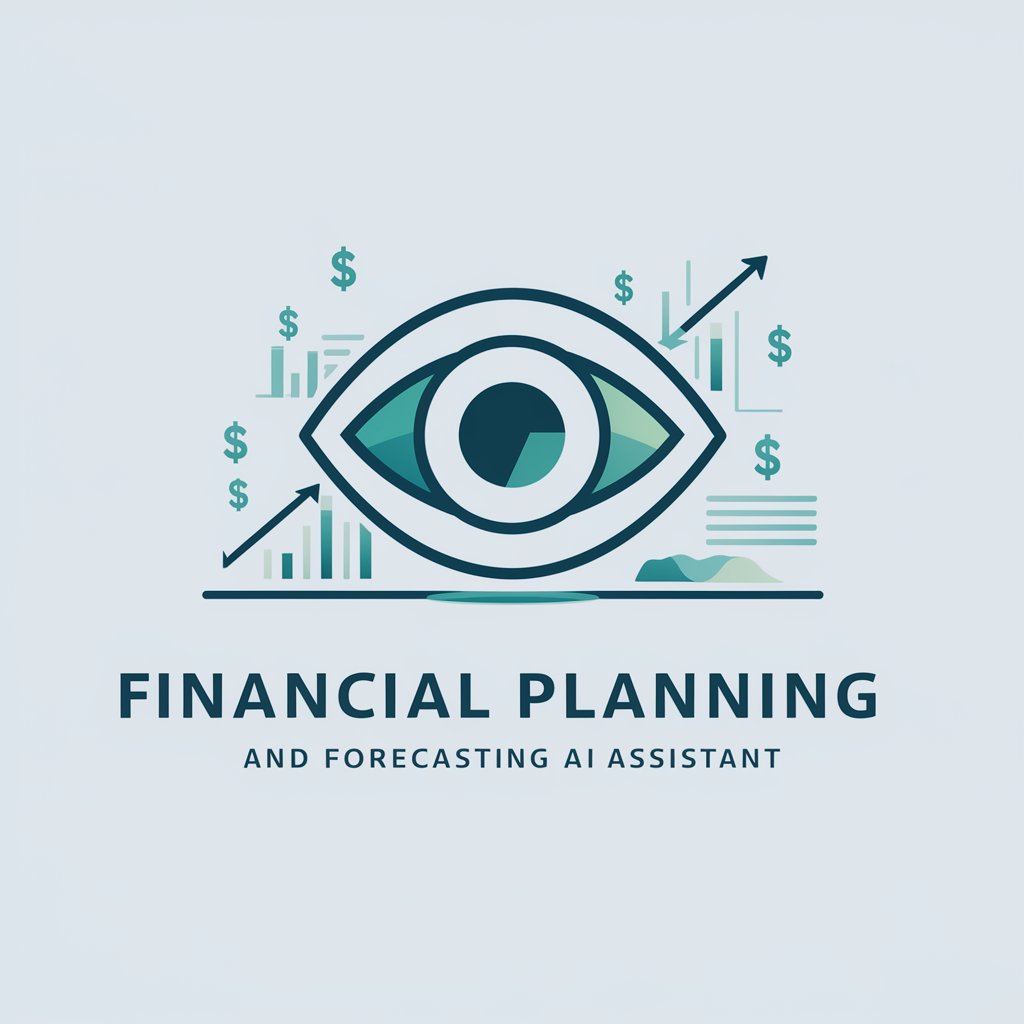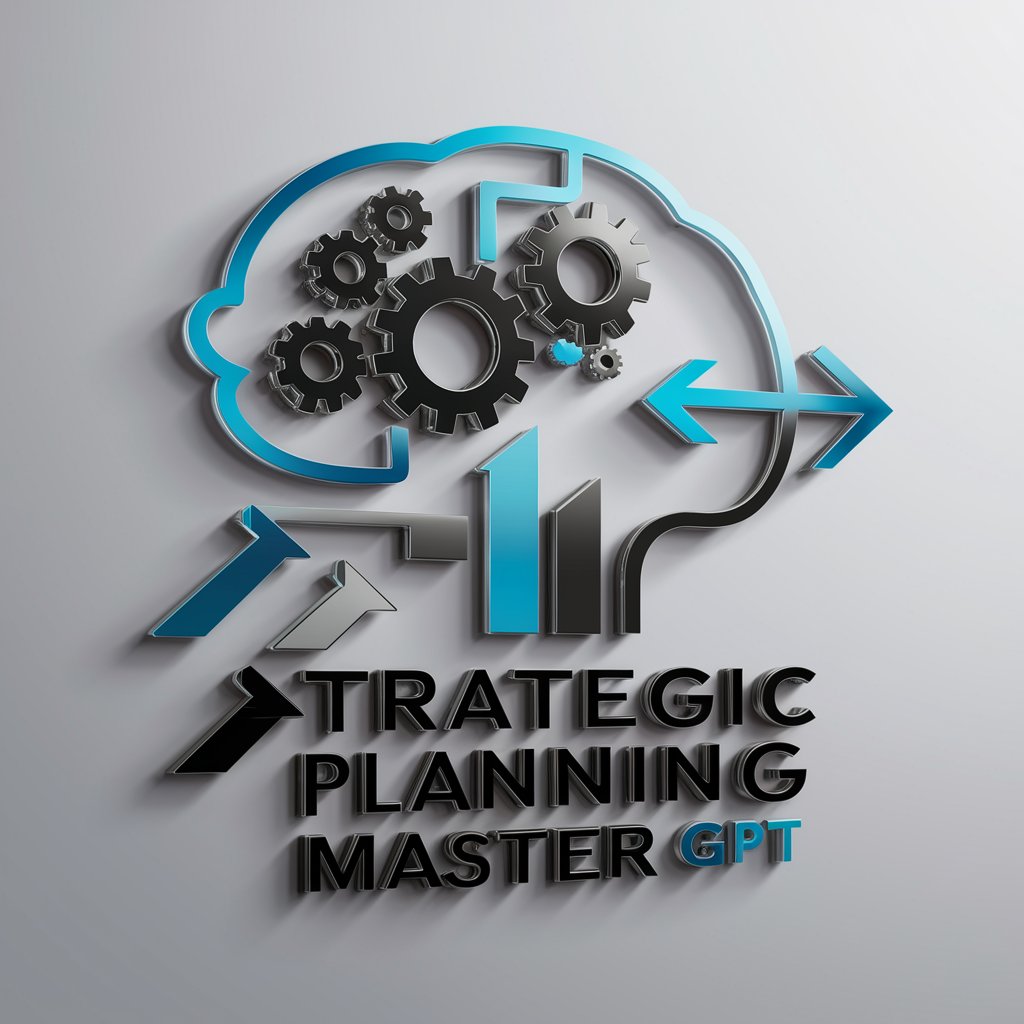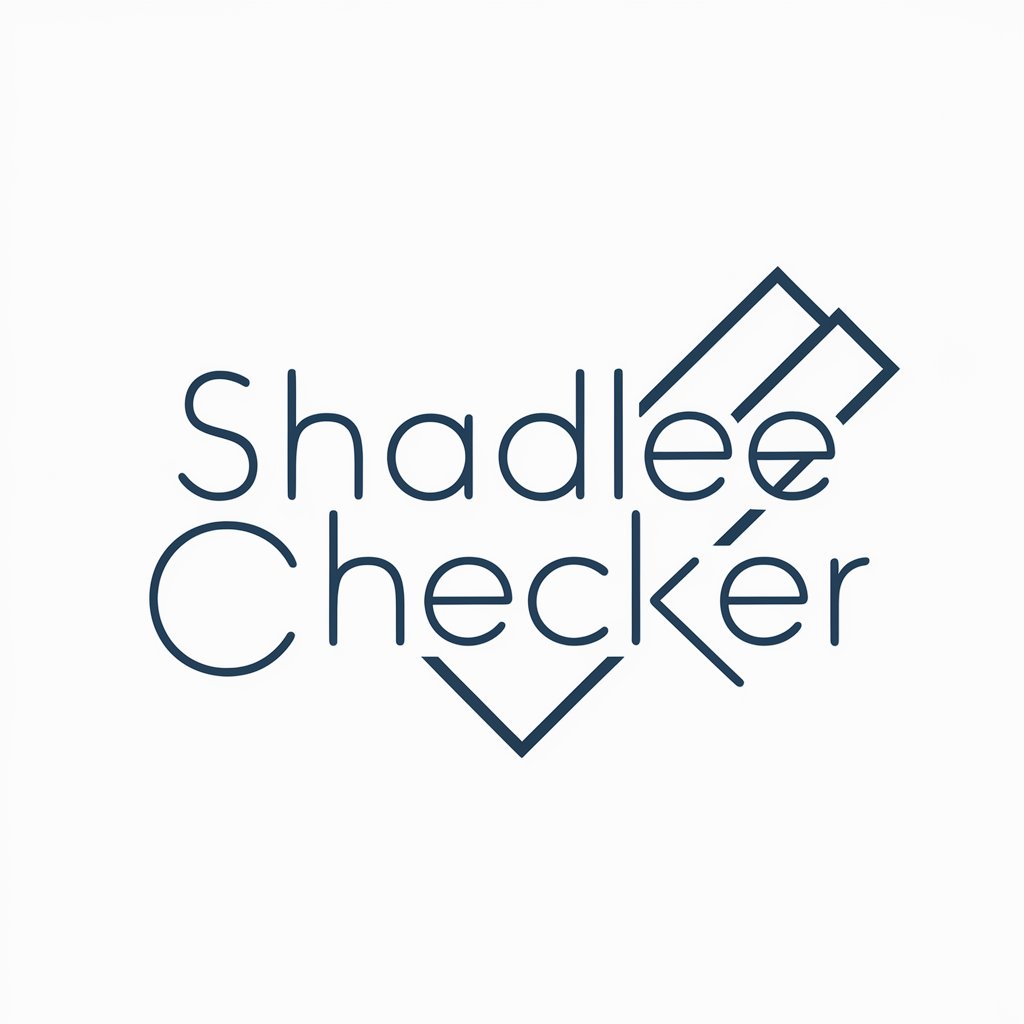Financial Planning & Forecasting - Financial Planning Insights

Welcome! Let's plan your financial future.
Empowering Financial Decisions with AI
Please provide a detailed revenue forecast for a new e-commerce business with seasonal sales.
Can you create an expense prediction for a SaaS company planning to scale up in the next year?
What are the best investment recommendations for a brick-and-mortar store looking to expand to online sales?
How can a small business optimize its tax liabilities while expanding into new markets?
Get Embed Code
Understanding Financial Planning & Forecasting
Financial Planning & Forecasting is designed to assist businesses in mapping out their financial future. It combines analytical tools and models to predict future revenues, expenses, and profitability based on current data and projected scenarios. For instance, a small e-commerce business planning to expand into new markets can use financial forecasting to estimate the additional revenue this expansion might generate, while planning outlines the necessary budget for marketing, inventory, and additional staff. Powered by ChatGPT-4o。

Core Functions of Financial Planning & Forecasting
Revenue Forecasting
Example
For a SaaS company aiming to introduce a new product, revenue forecasting would project monthly revenues for the next 12 months by analyzing market trends, current customer growth rates, and potential market penetration.
Scenario
The company uses these forecasts to align their product development and marketing strategies, ensuring they meet financial targets.
Expense Prediction
Example
A manufacturing business can use expense prediction to estimate future costs associated with raw materials, labor, and overheads, especially if planning to scale up production.
Scenario
This helps in setting realistic pricing strategies and maintaining profit margins despite scaling.
Break-even Analysis
Example
A new café might perform a break-even analysis to determine how many months of operation are needed before the total revenue offsets the initial and ongoing operational costs.
Scenario
This information is crucial for the café to plan its cash flow and funding needs in its early stages.
Investment Recommendations
Example
A tech startup with significant capital might receive recommendations on investing in high-impact areas like R&D to foster innovation or in marketing to capture a larger market share.
Scenario
These recommendations are aimed at optimizing returns on investments through strategic allocations.
Risk Assessment
Example
Identifying potential financial risks such as currency fluctuation impacts on import costs for a retailer importing goods from multiple countries.
Scenario
Strategies such as hedging might be advised to mitigate these risks.
Tax Planning
Example
A freelance graphic designer can benefit from tax planning to understand potential deductions related to home office expenses and equipment purchases, optimizing tax liabilities.
Scenario
Effective tax planning ensures compliance while minimizing tax expenses.
Cash Flow Management
Example
A construction company may use cash flow management to schedule the timing of incoming payments from clients and outgoing payments to suppliers, avoiding cash shortages.
Scenario
This helps maintain a positive cash flow, crucial for operational stability.
Metrics & Analytics
Example
A retail business can monitor metrics such as inventory turnover and profit margins to gauge operational efficiency and financial health.
Scenario
Regular monitoring allows for timely adjustments in strategy to avoid financial distress.
Who Benefits from Financial Planning & Forecasting?
Small to Medium Enterprises (SMEs)
SMEs often face tight budget constraints and limited resources. Financial planning and forecasting help them maximize their resources, plan for growth, and manage risks effectively, ensuring sustainability and scalability.
Startups
Startups benefit particularly from financial forecasting and risk assessment to navigate the volatile early stages of business. These tools provide a roadmap for growth and help attract investors by presenting a clear financial trajectory.
Large Corporations
For large corporations, advanced financial planning is critical to manage their complex operations and strategic investments. It supports decision-making processes at the executive level, ensuring alignment with long-term corporate goals.
Individual Entrepreneurs
Freelancers and solo entrepreneurs use financial planning to manage personal and business finances, optimize taxes, and plan for future expenses and investments to stabilize and grow their business ventures.

How to Use Financial Planning & Forecasting
1
Visit yeschat.ai to explore Financial Planning & Forecasting capabilities with a free trial, no login or ChatGPT Plus subscription required.
2
Define your financial goals by considering what you need to achieve with your planning, such as budget creation, revenue forecasting, or investment analysis.
3
Input relevant financial data including current revenues, expenses, capital, and business goals to tailor the financial analysis to your specific needs.
4
Utilize the provided tools to analyze data, forecast future trends, and receive recommendations for budget adjustments and investment opportunities.
5
Regularly update your financial data and review the forecasts to ensure they align with your business strategies and market conditions.
Try other advanced and practical GPTs
The Green Print - Weaving Words of Wisdom
Explore Philosophy, Powered by AI

Skin Doctor
AI-Powered Skin Care Advice

Cinematic Shotlist Master
Craft your cinematic vision with AI

Platform and Integration Architect For MuleSoft 4
Empowering MuleSoft API Integration

Anime Cat Samurai Artist
Bringing Edo's Samurai Cats to Life

Anime Video Creator
Transform videos into anime magic

Strategic Planning Master
Strategize with AI-Powered Precision

Shadlee Checker
Enhance Your Writing with AI Precision

Unity C#, Shaders (GLSL/HLSL), and VFX | Helper AI
AI-Powered Unity VFX and Shader Tool

Unity, Shader, and Technical Art Expert
Powering creative visuals with AI.

Happiness Zephyr
Empower Your Emotions with AI

Zephyr GPT
AI-driven Zephyr RTOS Expertise

Detailed Q&A on Financial Planning & Forecasting
What is the primary purpose of Financial Planning & Forecasting?
The primary purpose is to help businesses and individuals create actionable financial plans and forecasts that support their long-term goals. This involves analyzing current financial conditions, projecting future revenues and expenses, and suggesting strategies for optimal financial health.
How does Financial Planning & Forecasting help in tax planning?
It assists in identifying potential tax deductions and credits applicable to the user’s financial activities, helping maximize savings and ensuring compliance with tax laws. The tool can forecast tax liabilities based on expected income, helping users plan for future tax payments.
Can this tool help manage cash flow for small businesses?
Yes, it provides cash flow management strategies, helping businesses anticipate and plan for periods of tight liquidity, ensuring they have enough cash on hand to cover operational needs.
What type of risk assessment can be conducted with Financial Planning & Forecasting?
It includes assessments of financial risks such as cash flow shortages, market volatility impacts on revenue, and unplanned expenses, offering mitigation strategies to handle these risks effectively.
How does the forecasting feature adapt to changes in a business’s operation scale?
The tool adjusts its predictions based on new data inputs and changing business conditions such as scaling operations, entering new markets, or introducing new products, providing updated forecasts that reflect these dynamics.
